To ensure energy security and achieve the goal of zero emissions by 2050, many countries in the world such as Russia, China, EU,... continue to promote the development of nuclear power.
Race to increase nuclear power capacity
Nuclear power is a baseload power source, typically large-scale and emitting up to 70 times less CO2 than coal, 40 times less than gas, 4 times less than solar, 2 times less than hydropower and equal to wind power.
Therefore, in recent years, the development of nuclear power has always been maintained in leading markets, especially in the context of combating climate change, increasing the proportion of renewable energy, and replacing power sources with large emissions.
A recent report summarizing international experience and nuclear power development in Vietnam by the Institute of Energy ( Ministry of Industry and Trade ) shows that Canada, China, the UK and some EU countries all have plans to develop new nuclear reactors.
In particular, the US, Russia, China, France, Japan and South Korea also consider nuclear energy an important part of the strategy to protect energy security and reduce greenhouse gas emissions.
For example, the United States is the leading country in nuclear power development, with 94 reactors at more than 50 nuclear power plants nationwide, with a total capacity of nearly 97 GW, contributing about 20% of total annual electricity output. Recently, the United States began building new advanced reactors of the III+ generation, the AP1000.
This country also has a cooperation agreement with India to deploy the construction of 6 AP-1000 reactors in India; cooperation with Ukraine in manufacturing nuclear fuel, an agreement with Bulgaria to continue the Belene project and recently with Poland to build the first nuclear power plants using AP1000 technology...
Russia operates 36 nuclear reactors with a total capacity of 26.8 GWe, accounting for 19.6% of the country's electricity production. The Russian government has implemented a strategy to reduce fossil fuels, increasing the share of nuclear energy from 20% currently to 37% in the near future, to ensure lower carbon emissions than Europe by 2050.
China is the most powerful nuclear power developing country. As of September 2023, China has 55 nuclear reactors in operation (excluding Taiwan), with an installed capacity of nearly 57,000 GWe.
This country of one billion people also implemented a nuclear power program with the ambition that by 2030, the operating capacity will be the largest in the world. By 2035, the capacity will reach 180 GWe, China's nuclear power output is expected to account for 10% of total electricity, double compared to 2022 (about 170-180 reactors, more than the US and France combined) and by 2050 there will be more than 270 reactors.
In addition, some emerging countries such as UAE, Türkiye, Bangladesh built and operated nuclear power plants for the first time. Southeast Asian countries such as Indonesia, Malaysia, Singapore, Thailand... also began to pay attention to nuclear power.
At COP28, more than 20 countries signed a joint declaration to triple nuclear power capacity by 2050.
In line with the general trend of shifting to greener and cleaner energy
According to the Institute of Energy, since the first nuclear power plant was established (in 1954), a number of serious accidents and incidents have occurred. The most recent was the Fukushima nuclear power plant accident (Japan) in 2011. However, the world nuclear power industry has learned lessons, continuously improved and continued to develop.
The Institute of Energy believes that each country has different approaches to starting a nuclear power development program. Some countries start from the available potential of nuclear technology; others start from the problem of linking nuclear power development with dual-use purposes; and the remaining group is developing nuclear power to reduce dependence on imported energy sources.
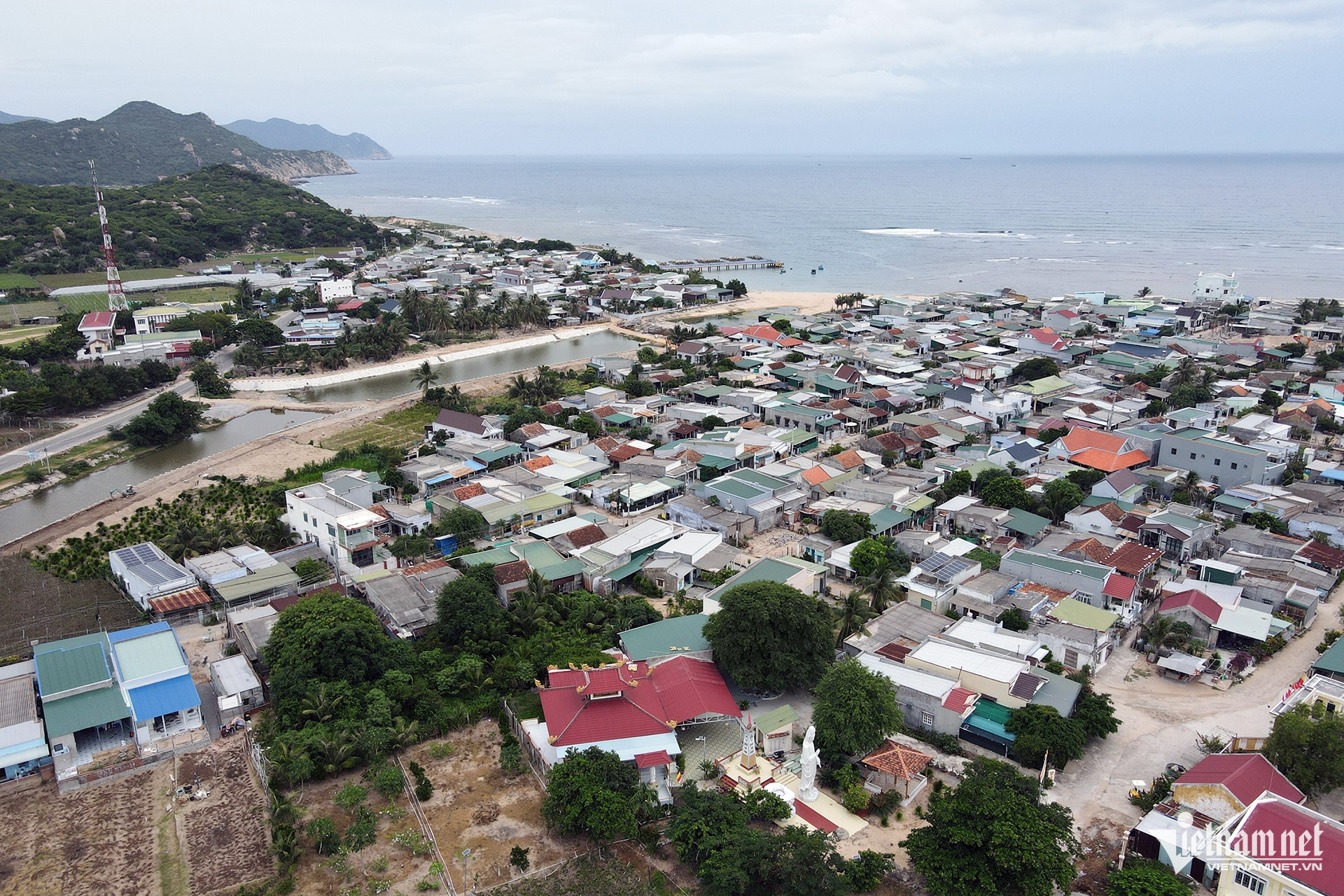
Vietnam is in the third group, taking nuclear power development to meet energy needs in long-term development, ensuring energy supply security, as well as being in line with the general trend of shifting to greener and cleaner energy.
Because nuclear power can help the energy industry get rid of fossil fuels faster and more safely. In the context of the current global energy crisis, reducing dependence on fossil fuels has become a top priority for energy security.
Furthermore, achieving net zero emissions by 2050 requires rapid and complete decarbonisation of electricity and heat generation. Accordingly, nuclear power with 413 GW of capacity operating in 32 countries contributes to both targets by avoiding 1.5 Gt (Gigatonnes) of global emissions and 180 billion m3 of global gas demand per year.
Sharing with VietNamNet, Dr. Le Hai Hung, former lecturer at the Institute of Technical Physics, Hanoi University of Science and Technology, now Director of the Institute for Research and Application of Technology (IRAT), commented that the great advantage of nuclear power is that it emits almost no greenhouse gas emissions.
According to the Intergovernmental Panel on Climate Change (IPCC), nuclear power is the lowest-emission power source over its entire life cycle, while all conventional energy sources such as coal, oil, gas, and even hydropower and solar power emit a lot of greenhouse gases. Therefore, it is difficult to achieve the Net Zero commitment without nuclear power, he emphasized.
Currently, the Politburo has agreed to restart the nuclear power program in Vietnam, after the first project in Ninh Thuan was stopped in 2016.
Mr. Ha Dang Son - Director of the Center for Energy and Green Growth Research, also said that restarting the nuclear power program is necessary and should have been done a long time ago. Nuclear power needs to return as a base source of electricity, ensuring stability when we increase the proportion of wind power and solar power. Using nuclear power is extremely important, he emphasized.
In the IEA's Net Zero Emissions by 2050 Scenario, nuclear power plays a key role in the global pathway towards the net zero emissions target. In this scenario, nuclear power doubles from 413GW (early 2022) to 812GW (by 2050). Nuclear power capacity increases to 27GW/year by the 2030s. If the share of nuclear in total electricity production falls from 10% (in 2020) to 3% (in 2050), an additional $500 billion in investment in storage resources and carbon capture, utilization and storage technologies is needed. |
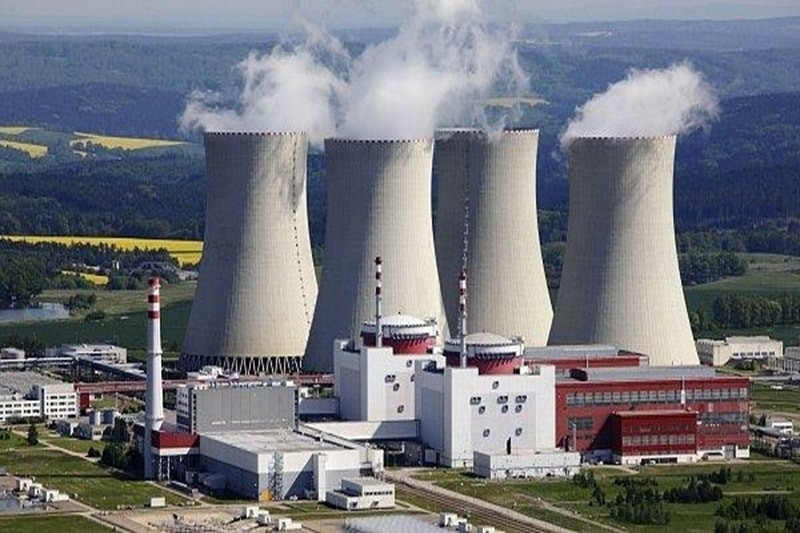
Source: https://vietnamnet.vn/nga-trung-quoc-dua-nhau-phat-trien-dien-hat-nhan-2347034.html





![[Photo] General Secretary To Lam attends the 8th Congress of the Central Public Security Party Committee](https://vphoto.vietnam.vn/thumb/1200x675/vietnam/resource/IMAGE/2025/10/4/79fadf490f674dc483794f2d955f6045)
![[Photo] Bustling Mid-Autumn Festival at the Museum of Ethnology](https://vphoto.vietnam.vn/thumb/1200x675/vietnam/resource/IMAGE/2025/10/4/da8d5927734d4ca58e3eced14bc435a3)
![[Photo] Solemn opening of the 8th Congress of the Central Public Security Party Committee, term 2025-2030](https://vphoto.vietnam.vn/thumb/1200x675/vietnam/resource/IMAGE/2025/10/4/f3b00fb779f44979809441a4dac5c7df)
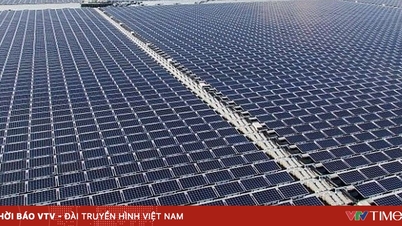

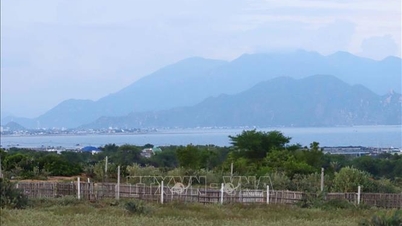

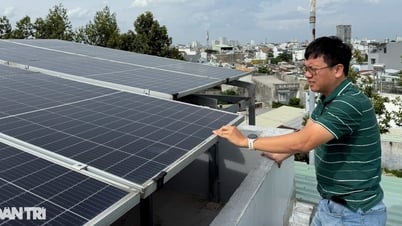

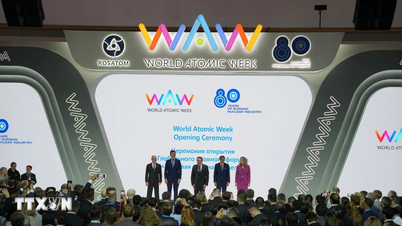



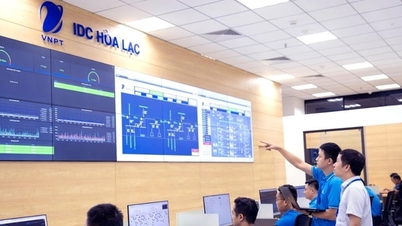



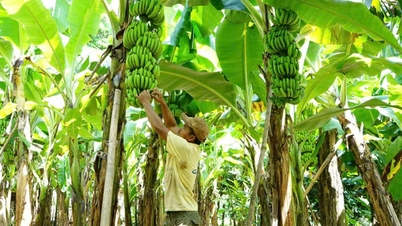






































![[VIDEO] Summary of Petrovietnam's 50th Anniversary Ceremony](https://vphoto.vietnam.vn/thumb/402x226/vietnam/resource/IMAGE/2025/10/4/abe133bdb8114793a16d4fe3e5bd0f12)

![[VIDEO] GENERAL SECRETARY TO LAM AWARDS PETROVIETNAM 8 GOLDEN WORDS: "PIONEER - EXCELLENT - SUSTAINABLE - GLOBAL"](https://vphoto.vietnam.vn/thumb/402x226/vietnam/resource/IMAGE/2025/7/23/c2fdb48863e846cfa9fb8e6ea9cf44e7)















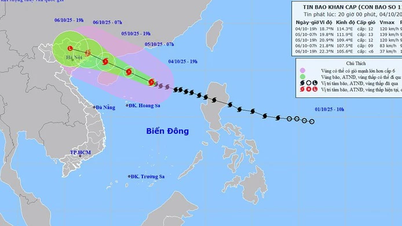

















Comment (0)